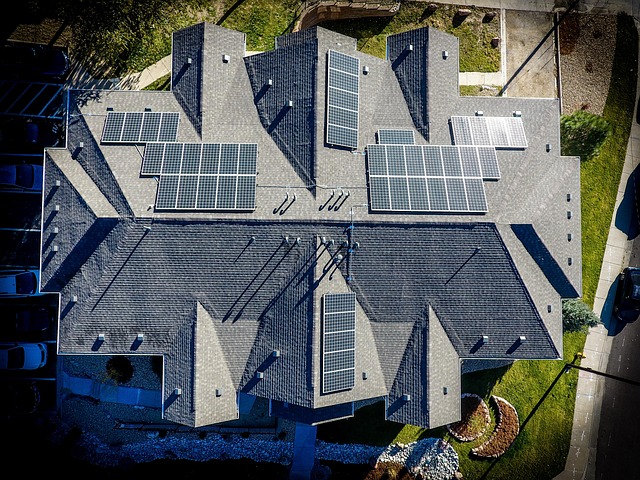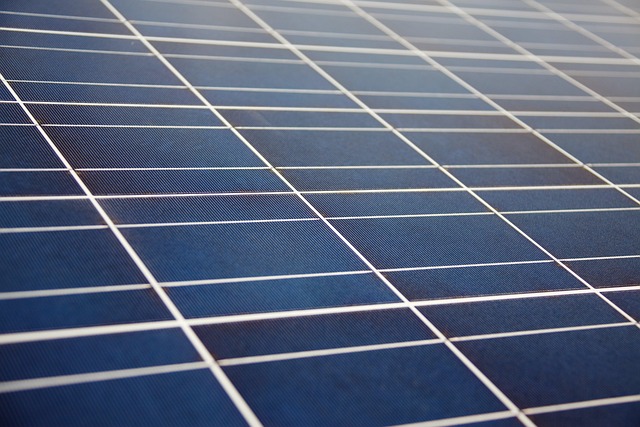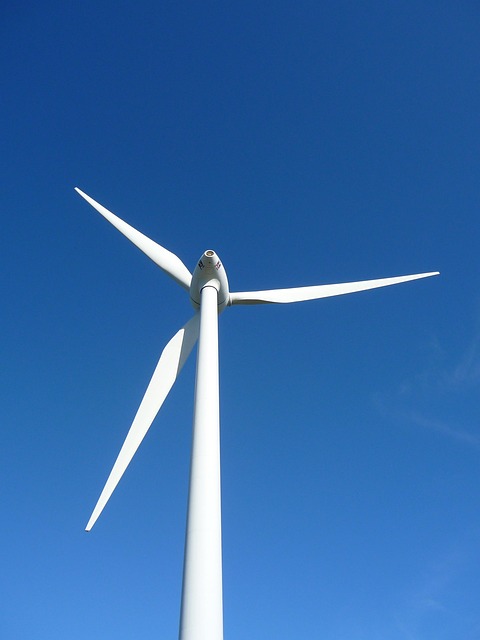
The Global Push for Clean Energy: Trends and Predictions
As the world grapples with the implications of climate change, the shift toward clean energy has escalated from a niche interest to a global priority. Governments, businesses, and individuals are increasingly recognizing that a sustainable, low-carbon future is imperative not only for environmental protection but also for economic stability and public health. This article explores the current trends and predictions in the clean energy sector, what is driving this global transition, and the challenges that lie ahead.
Understanding the Clean Energy Landscape
Clean energy is derived from renewable sources that have a minimal impact on the environment. The primary types of clean energy include solar, wind, hydroelectric, geothermal, and biomass. The transition towards these energy sources is fueled by several factors, including advancements in technology, decreasing costs, and a growing acknowledgment of the detrimental effects of fossil fuels.
Current Trends in Clean Energy Adoption
As we enter a new decade, certain key trends are shaping the clean energy landscape:
1. Technological Advancements
Investments in research and development are leading to significant technological improvements in energy efficiency and renewable energy generation. Innovations in battery technology, particularly in lithium-ion batteries, have made energy storage more accessible and affordable, enabling better integration of intermittent renewable resources like solar and wind into the grid.
2. Decreasing Costs
The cost of renewable energy technologies, especially solar photovoltaic cells and wind turbines, has dropped dramatically over the past decade. According to recent reports, the cost of solar energy has decreased by roughly 89% since 2009, making it one of the most competitive energy sources worldwide. As prices continue to fall, more countries and businesses are making the switch to renewable energy.
3. Policy Initiatives and International Agreements
Global commitments, such as the Paris Agreement, have prompted governments to set ambitious carbon neutrality targets. Many countries are announcing mandates for net-zero emissions by mid-century, spurring significant investments in clean energy projects. Policy frameworks that support renewable energy through incentives, subsidies, and tax breaks are becoming increasingly common.
4. Corporate Responsibility
Businesses are recognizing that sustainability is not just a moral obligation but also a strategic advantage. Major corporations are increasingly committing to renewable energy through initiatives like the RE100, which encourages firms to source 100% of their energy from renewable sources. The drive for net-zero emissions is resulting in a comprehensive re-evaluation of supply chains and energy consumption.
5. Social Movements and Public Awareness
Public awareness around climate change and environmental issues is on the rise. Movements led by young activists and communities are urging policymakers to take decisive actions toward clean energy. The increasing visibility of climate-related disasters has spurred citizen engagement, leading to greater demand for sustainable practices and policies at local, national, and global levels.
Predictions for the Clean Energy Future
Looking ahead, various forecasts suggest a strong trajectory for clean energy adoption, although challenges persist:
1. Continued Growth of Renewable Energy
Experts predict that renewable energy will continue to dominate new energy installations in the coming decades. According to the International Energy Agency (IEA), renewables are expected to account for nearly 90% of global electricity growth through 2025. Solar power, in particular, is projected to be the leading source of new energy generation.
2. Energy Storage Innovations
The need for energy storage solutions will remain a pivotal aspect of the clean energy transition. Innovations in battery technology, including solid-state batteries and alternative chemistries, will likely enhance the efficiency of energy storage systems, making it easier to balance supply and demand.
3. Decentralized Energy Systems
As technology evolves, the future may witness a shift towards decentralized energy systems where local communities rely on solar panels, wind turbines, and microgrids to meet their energy needs. This shift not only enhances energy security but also provides communities with the agency to control their energy resources.
4. Investment Trends
Investment in clean energy is anticipated to rise significantly, driven by both public and private sectors. Green finance initiatives, including green bonds and sustainability-linked loans, are set to increase, providing capital for renewable energy projects. A recent report estimates that global investment in renewable energy will need to triple by 2030 to meet climate targets.
5. Challenges Ahead
Despite the positive outlook, numerous challenges remain. Transitioning energy systems will require overcoming existing infrastructure barriers and regulatory hurdles. Furthermore, the economic implications of transitioning away from fossil fuels could impact employment in traditional energy sectors, necessitating a just transition framework to support affected workers.
The Role of International Cooperation
The global nature of climate change necessitates comprehensive international cooperation to successfully implement clean energy solutions. Collaborative efforts, such as technology sharing and collective investment in renewable projects, are essential. Countries should work together to establish frameworks that promote clean technology development while ensuring equitable access to energy for all nations.
Conclusion
The global push for clean energy is not just a trend; it represents a critical paradigm shift in how society approaches energy generation and consumption. With promising advancements and supportive policies, the transition to clean energy could pave the way for a sustainable future that meets the needs of both people and the planet. However, overcoming the challenges that accompany this transition will require concerted efforts from all sectors, as well as unwavering commitment to realizing a carbon-neutral world.
As we navigate the complexities of this energy transformation, it is essential to remain hopeful and engaged, for the choices we make today will directly influence the health of future generations and the planet they inherit.



